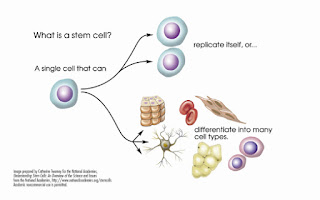SUMMARY:
In
a new study from Germany of 453 children and teens with MS, compared with more
than 14,000 children without MS, those who were overweight or obese had twice
the risk of developing MS, compared with non-overweight children.
They
also had significantly more relapses on treatment with first-line treatments,
and increased use of second-line treatment. Otherwise, there was no association
found between obesity and disease activity, imaging scans, EDSS progression, or
other measures.
These
findings need to be confirmed with further study. It is important to note that
not everyone who is obese during adolescence will develop MS, and also that
many people develop MS without having been obese during adolescence.
The
team (Brenda Huppke, MD, Peter Huppke, MD, and colleagues at University Medical
Center Göttingen, Germany) published their findings in JAMA Neurology (posted online July 15, 2019)
DETAILS
Background: Several risk factors, including genes, exposure to infections, and environmental factors, have been identified as increasing a person’s susceptibility to developing multiple sclerosis. In addition, there is a growing body of evidence that childhood/adolescent obesity can increase the risk of developing MS. In one study, being overweight or obese was associated with an increased risk of developing MS or clinically isolated syndrome (CIS, a first clinical episode suggestive of MS, indicating increased MS risk) in girls, in a study that compared 75 children or teens with MS or CIS with the health records of more than 900,000 healthy children or teens.
Additional research is needed to understand this association. It is important to note that not everyone who is obese during adolescence will develop MS, and also that many people develop MS without having been obese during adolescence.
The Study: The researchers reviewed the medical records of 453 children and adolescents with relapsing-remitting MS. They looked at disease activity captured on imaging scans; treatment information, and EDSS scores measuring levels of physical disability. They also compared body mass index with information obtained on 14,747 children/adolescents in a Germany-wide child health survey.
Results: The team found that both boys and girls who were overweight or obese had twice the risk of developing MS, compared with non-overweight children or adolescents. Comparing responses to treatment with interferon beta or glatiramer acetate, the team reported that obese children had significantly more relapses on treatment, and were more likely to have switched to second-line treatment. Otherwise, there was no association found between obesity and disease activity, imaging scans, EDSS progression, or other measures.
The team (Brenda Huppke, MD, Peter Huppke, MD, and colleagues at University Medical Center Göttingen, Germany) published their findings in JAMA Neurology (posted online July 15, 2019)
Conclusions: This study provides strong support for a link between obesity and development of MS in both boys and girls. It also indicates a significantly worse response to first-line MS treatments and a greater likelihood of switching to second-line treatments among obese children. The authors suggest that obesity may affect pharmacokinetics – how a drug moves into, through, and out of the body. Further research is necessary to confirm these findings, and to understand the mechanism.

